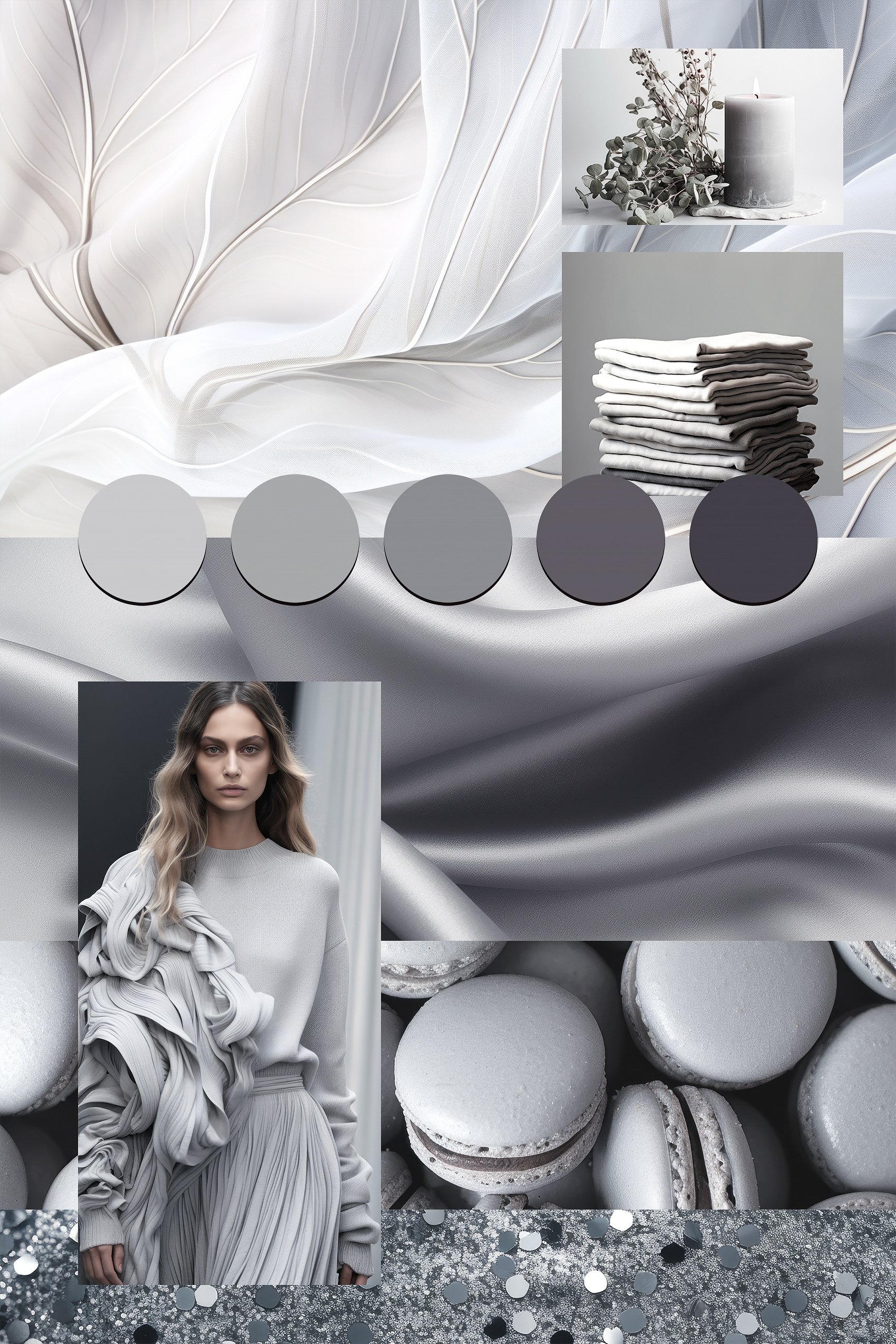Unveiling the Power of Moodboards
Igniting Inspiration in Interior Design
In the realm of interior design, where creativity intertwines with functionality, the journey from concept to creation is often sparked by inspiration. Among the myriad tools available to designers, one stands out as both essential and enchanting: the moodboard. A visual collage of textures, colors, patterns, and concepts, the moodboard serves as a catalyst for creativity, breathing life into ideas and shaping the narrative of a design journey.
At its core, the importance of moodboards lies in their ability to encapsulate the essence of a design vision. They serve as a tangible manifestation of abstract concepts, allowing designers to convey their thoughts and aspirations with clarity and coherence. By curating a collection of images, fabrics, materials, and other elements, designers can establish a cohesive aesthetic language that guides every aspect of the design process.
One of the foremost benefits of moodboards is their capacity to inspire. In a world inundated with stimuli, it's easy for designers to feel overwhelmed or uninspired. However, a well-crafted moodboard has the power to reignite passion and spark imagination. Whether drawing inspiration from nature, art, fashion, or culture, designers can distill their influences into a visual narrative that serves as a wellspring of creativity.
Moreover, moodboards serve as a roadmap for collaboration. In the collaborative ecosystem of interior design, effective communication is paramount. Moodboards provide a shared visual reference point that facilitates dialogue and ensures that all stakeholders are aligned in their vision. Whether presenting ideas to clients, collaborating with fellow designers, or liaising with suppliers, moodboards foster a sense of unity and coherence throughout the design process.
Furthermore, moodboards offer a means of experimentation and exploration. Design is an iterative process, and moodboards provide a low-risk platform for testing ideas and pushing boundaries. By juxtaposing disparate elements and exploring unconventional pairings, designers can push the boundaries of creativity and unearth unexpected synergies. From bold color schemes to avant-garde textures, moodboards encourage designers to think outside the box and embrace innovation.
Importantly, moodboards serve as a source of motivation and focus. In the face of deadlines and constraints, it's easy for designers to lose sight of their creative vision. However, a compelling moodboard serves as a constant reminder of the design narrative, anchoring designers in their inspiration and guiding their decision-making process. Whether facing challenges or seeking direction, designers can always return to the moodboard as a source of guidance and inspiration.
In conclusion, the importance of moodboards in interior design cannot be overstated. As a visual manifestation of inspiration, collaboration, experimentation, and focus, moodboards serve as an indispensable tool for designers seeking to translate their vision into reality. By harnessing the power of moodboards, designers can unlock their creative potential and embark on a journey of endless innovation and imagination.


